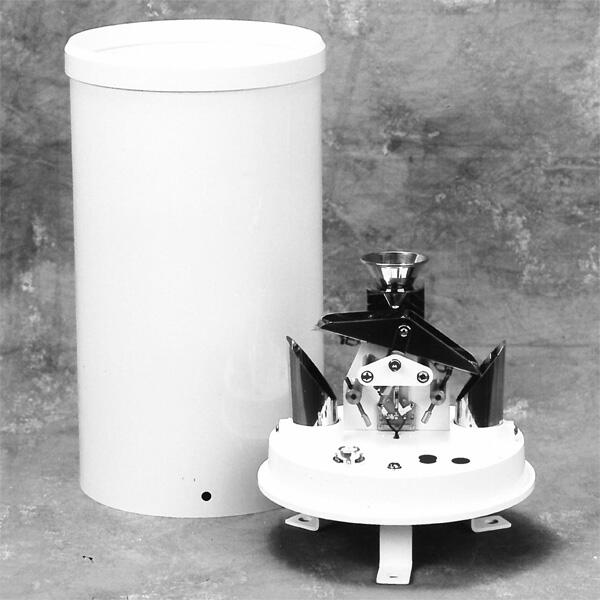
# 10 Practical Applications of Rain Gauges in Weather Monitoring
Rain gauges are essential tools in meteorology, agriculture, and environmental science. These simple yet effective devices measure the amount of precipitation over a specific period, providing valuable data for various applications. Below are ten practical uses of rain gauges in weather monitoring:
## 1. Flood Prediction and Management
Rain gauges play a critical role in predicting and managing floods. By measuring rainfall intensity and accumulation, authorities can issue timely warnings and implement flood control measures to protect communities and infrastructure.
## 2. Agricultural Planning
Farmers rely on rain gauge data to plan irrigation schedules, crop planting, and harvesting. Accurate precipitation measurements help optimize water usage and improve crop yields, especially in regions with unpredictable rainfall patterns.
## 3. Climate Research
Rain gauges are indispensable in climate studies. Long-term precipitation data collected from these devices helps scientists analyze climate trends, assess the impact of climate change, and develop predictive models for future weather patterns.
## 4. Water Resource Management
Municipalities and water management agencies use rain gauge data to monitor water availability in reservoirs, rivers, and groundwater systems. This information is crucial for ensuring sustainable water distribution and preventing shortages during dry seasons.
## 5. Hydrological Studies
Hydrologists use rain gauges to study the water cycle, including precipitation, runoff, and infiltration. This data is vital for understanding watershed dynamics and designing effective water management systems.
## 6. Weather Forecasting
Meteorologists incorporate rain gauge data into weather models to improve the accuracy of forecasts. Real-time precipitation measurements help predict storms, droughts, and other weather events, enabling better preparedness and response.
## 7. Urban Planning
City planners use rain gauge data to design drainage systems and manage stormwater runoff. This helps prevent urban flooding, reduce erosion, and maintain the integrity of infrastructure during heavy rainfall.
## 8. Disaster Risk Reduction
Rain gauges are essential tools for disaster risk reduction. By monitoring rainfall patterns, authorities can identify areas prone to landslides, flash floods, or other natural disasters and implement preventive measures to minimize damage.
## 9. Environmental Monitoring
Environmental scientists use rain gauges to study the impact of precipitation on ecosystems. This data helps assess the health of forests, wetlands, and other natural habitats, as well as monitor pollution levels in rainwater.
## 10. Education and Public Awareness
Rain gauges are valuable educational tools for teaching students and the public about weather patterns and the importance of water conservation. They also raise awareness about the effects of climate change and the need for sustainable practices.
In conclusion, rain gauges are versatile instruments with a wide range of applications in weather monitoring and beyond. Their ability to provide accurate and reliable precipitation data makes them indispensable for professionals and researchers across various fields.
Keyword: 10 uses of rain gauge
